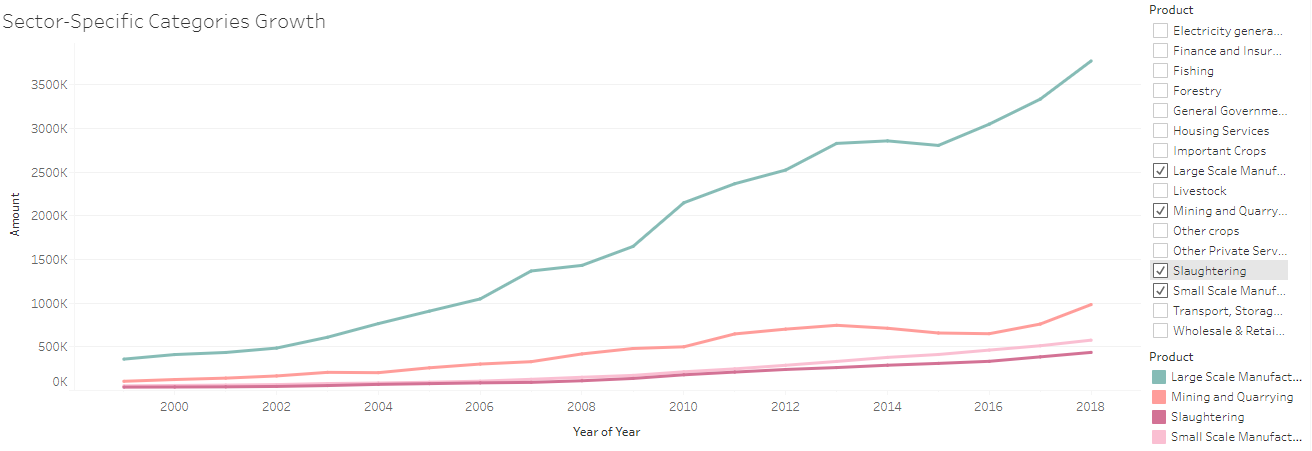Large Scale Industries
May 14, 2020Pakistan has been facing a financial crises since its independence and while there may be many other reasons, political crisis has always been a major one. The PTI government at the moment is facing a trade deficit and this may be attributed to certain decisions that were taken by previous governments. Before 1970s, Pakistan’s private sector was booming and companies’s profatibility was high, driving up employment. However, during Zulfiqar Ali Bhutto’s regime, Pakistani companies were nationalized and as a result they were now under direct control of the government. This drove a lot of companies and businesses abroad which is still a disadvantage for our economy as it means lower investment and contribution to GDP. Pakistan went under a serious threat of unemployment and poverty. From Zia ul Haq’s semi-Islamic financial system to Nawaz Sharif and Benazir Bhutto borrowing money from IMF and World Bank to the economic sanctions placed by USA after the 1998 nuclear attacks, nothing worked in Pakistan’s favour.
The industrial sector has however been progressing despite the overall economy of Pakistan. It contributes to 20 percent of GDP with an increasing growth rate since 2015. This can be credited to the large scale manufacturing (LSM) industry which contributes the most to the Industrial sector as shown in the graph below. Contribution to GDP of LSM from the industrial sector can be seen to be increasing since late 2015 and this shows how the production from this industry if motivated by the government can be one of the ways to improve Pakistan’s overall economy.

Large scale manufacturing industry is also one the top contributors to GDP across sectors as well. As shown in the graph attached below, It contributes the most after Wholesale and Retail Trade (Services Sector), Livestock (Agricultural Sector) and Transport, Storage and Communication (Services Sector).

Upon analysis of the large scale manufacturing industries production data gathered from quantum index of large scale manufacturing index by Pakistan bureau of Statistics, Cotton Yarn, Furnace Oil, Nitrogen Fertilizers and Sugar production were amonst the major contributing commodities. The production of each from 2013 to 2019 is shown in the graph attached below. To improve the economy and increase exports, the government can subsidise the production of these commodities. 
This blog post is written by Aqsaa Shakeel, student from the batch of 2020 at Lahore University of Management Sciences.